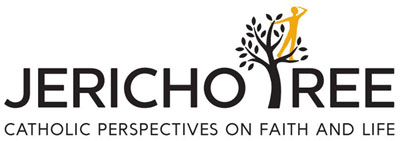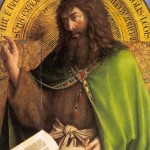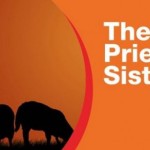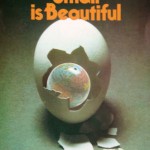Can you love someone with words alone? From Walt Disney to God’s touch in the sacraments
I have just seen two great films in twenty four hours: Her, a dystopian sci-fi vision of a very near future, and Disney’s Frozen, which goes into my top three films of the year. Very different films but both with an interest in the nature and quality of love.
One of the questions that Her asks is whether we can really love another in a disembodied way. Are words on their own ever enough? Can the chat room, the text, the love poem or letter ever be a substitute for being in the physical presence of another and loving them as bodily creatures? If love is to be real, truthful and not reduced to a virtual reality, does it not have to be expressed in a sensual, physical form?
Frozen provides its own answer using a familiar fairytale motif: the icy heart of the princess can only be healed by a kiss from someone who really loves her. The truest love must be expressed in a physical way if we are to be restored to fullness of life. This may appear an unsophisticated, romantic answer but it is also a compelling one that has captured the human imagination from the earliest times. It’s also one that is corroborated by human experience.
Last week, I met with a husband to discuss the funeral of his late wife. He had cared for her throughout her long illness. He didn’t do it by text or phone call, he did it by buying an inflatable mattress so that he could lie by her bedside during the final weeks of her time in hospital.
He told me:
Before I met Ann, I was a cynical, grumpy old man who didn’t believe I could be loved. She saved me from this. She loved me and I loved her
Their vocation of love as husband and wife realised itself in the bodiliness of their relationship.
These films reminded me that Catholicism is a fleshy religion. This fleshiness provides an essential aid to our experience of God’s love. The Incarnation, the second person of the Trinity taking human flesh out of love for us, is the primary expression of this.
What was from the beginning, what we have heard, what we have seen with our eyes, what we have looked at and touched with our hands, concerning the Word of Life (1 John 1:1)
The ancient rumours of God’s love became physically real in Jesus Christ.
But it’s not just in theological terms that this is evident. The way Catholics worship is physical: we kneel, sit, bow, genuflect, prostrate, cross ourselves and so on. The necessary desire to love God is embedded in our bodies. Catholics are not spiritual dualists. When we pray and worship this desire of our hearts surfaces and becomes a physical reality.
All this is most clearly expressed in the sacramental, symbolic realm that God has gifted us. Words have a hugely significant role in God’s communication of his love for us. But these only become effective and God’s presence known when they become physically real. Water, oil, bread, wine, the laying on of hands, the exchanging of sacred vows that cannot be done by Skype, are the physical mediums by which God’s love becomes transparent.
Without the sacraments, God’s love would exist but it would remain remote to us – an intimation, a flirtation, something at the periphery of our vision. With the sacraments, divine love is revealed to us in a way that is intimate, mysterious and personal. God becomes a real presence rather than an abstract logarithim of love.
At the age of fifty, the American writer, Andre Dubus, was left paralysed following a car accident. He spent the remainder of his life in a wheelchair. His writing aches with the loss of his physical mobility and, at the same time, becomes more sensitive to the sensual world. In his beautiful essay, Bodily Powers, he described how in the daily reception of the Eucharist he regained his “physical contact with God”:
This morning, after struggling with two doors to get into the church, I settled in my chair and watched the priest lifting the unleavened bread and saying, “This is my body”; lifting the chalice of wine, saying, “This is my blood of the new covenant”…and peace of mind came to me and, yes, happiness too, for I was no longer a broken body, alone in my chair. I was me, all of me, in wholeness of spirit. The old man assisting the priest handed me the host, and I placed it in my mouth and was in harmony with the old man, the priest, the walking communicants passing me and my chair to receive the Eucharist; one with all people in pain and joy and passion, one with the physical universe, with Christ, with the timeless dimension of the spirit, which has no past or future but only now; one with God.
Tags: bodiliness, featured, love, sacraments


















The messy fleshy aspects of Christianity are a useful reminder that our faith is not a theory but a real life sstory.
I’m not usually a fan of Disney princess movies but I loved Frozen (Olaf is now my screensaver) and I’ve seen it mentioned on a number of Catholic blogs. The lesson about not rushing into a relationship was a also good one.